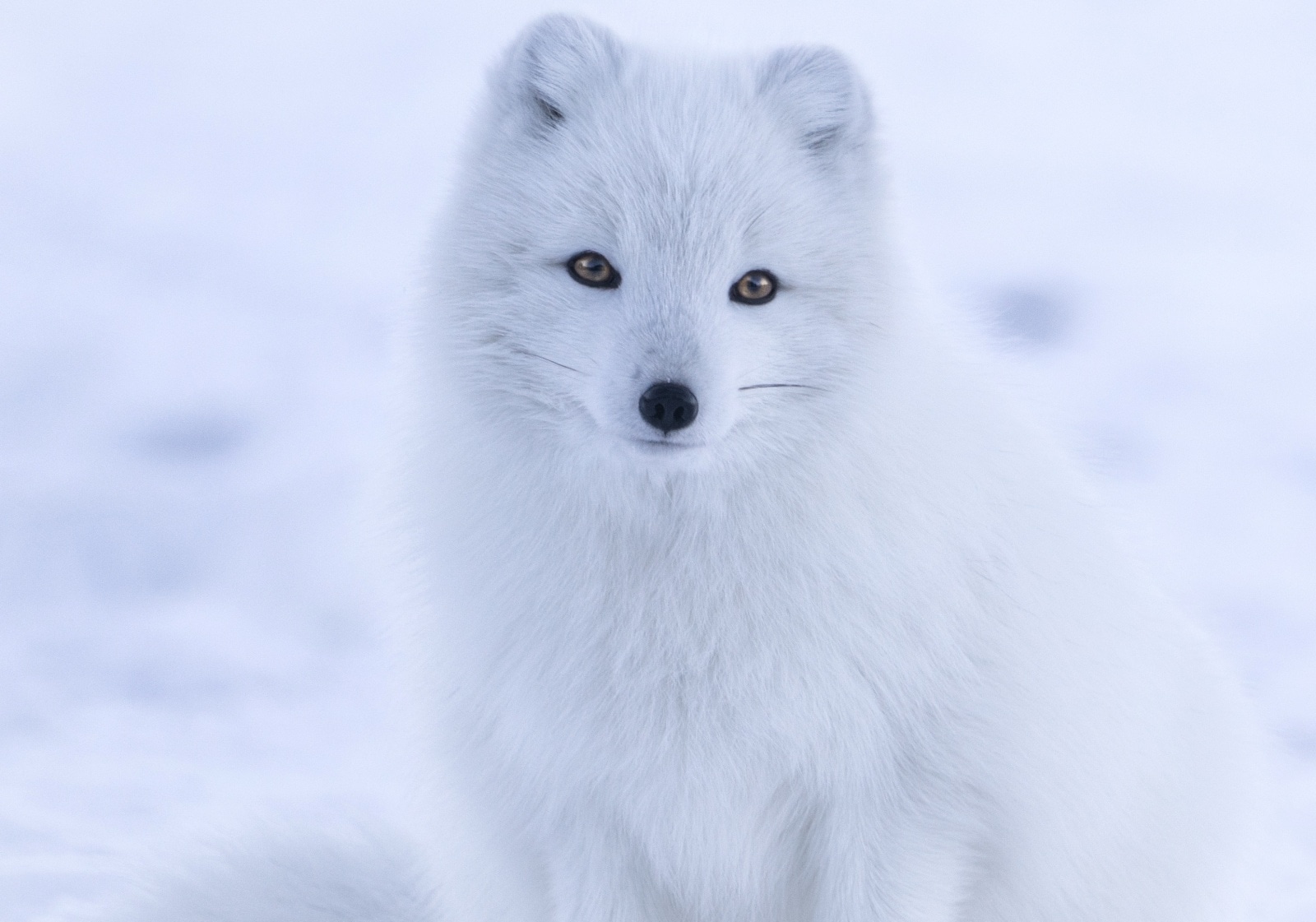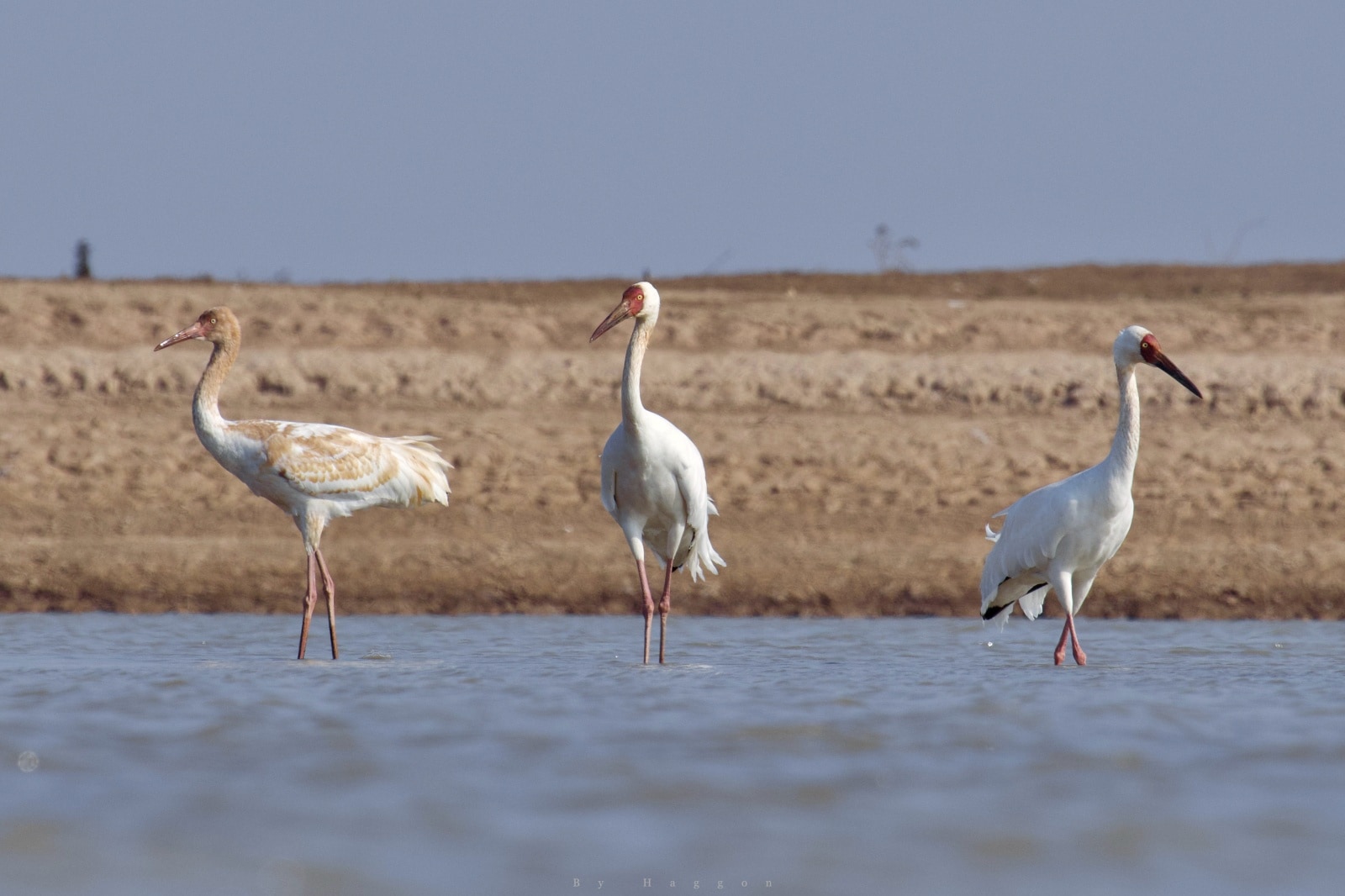📣 For more lifestyle news, click here to join our WhatsApp Channel and also follow us on Instagram
From Snowy Owl to Siberian Crane: 5 animals you can spot only in winter
Learn where and why these species appear only during the coldest month
 A snowy owl (Photo: Wikipedia0
A snowy owl (Photo: Wikipedia0Winter transforms landscapes worldwide, and with it comes a unique opportunity to spot animals that appear only during this season. As temperatures drop, several species migrate to warmer regions, descend from higher altitudes, or become more active in search of food—making winter the only time you can truly witness them. From rare birds to elusive mammals, here are five animals you’re most likely to see only in the winter months.
Snowy Owl
 Snowy owl (Photo: Wikipedia)
Snowy owl (Photo: Wikipedia)
Found across the Arctic tundra, the majestic snowy owl migrates south only during winter. These large white owls often appear in the northern parts of the US, Canada, and occasionally in Europe, when prey becomes scarce. Their striking white plumage makes them one of the most iconic winter visitors.
Arctic Fox
 Arctic Fox (Photo: Wikipedia)
Arctic Fox (Photo: Wikipedia)
Arctic foxes undergo a dramatic transformation in winter, developing a thick, snow-white coat. They are much easier to spot during this season as they roam across frozen landscapes in search of food. Their white fur is unique to winter, making sightings during this season particularly special.
Harp Seal Pups
 Harp seal (Photo: Wikipedia)
Harp seal (Photo: Wikipedia)
Winter is the only time you can see harp seal pups in their iconic fluffy white fur. Born on the pack ice of the North Atlantic and Arctic regions, these pups remain on the ice for only a few weeks before shedding their white coat. This makes winter the exclusive season to spot them.
Siberian Crane
 Siberian crane (Photo: Wikipedia)
Siberian crane (Photo: Wikipedia)
One of the world’s rarest migratory birds, the Siberian crane travels thousands of kilometres to wintering grounds in India (Keoladeo National Park) and China. They are seen only during the winter months before making the long return journey to Siberia in spring.
Red Fox (High-altitude winter sightings in India)
 Red Fox (Photo: Wikipedia)
Red Fox (Photo: Wikipedia)
In Himalayan regions, red foxes descend from higher elevations to lower valleys during winter in search of easier prey and milder temperatures. This seasonal downward movement makes the cold months the best—and often only—time to see them in accessible landscapes.
📣 For more lifestyle news, click here to join our WhatsApp Channel and also follow us on Instagram
- 01
- 02
- 03
- 04
- 05



























